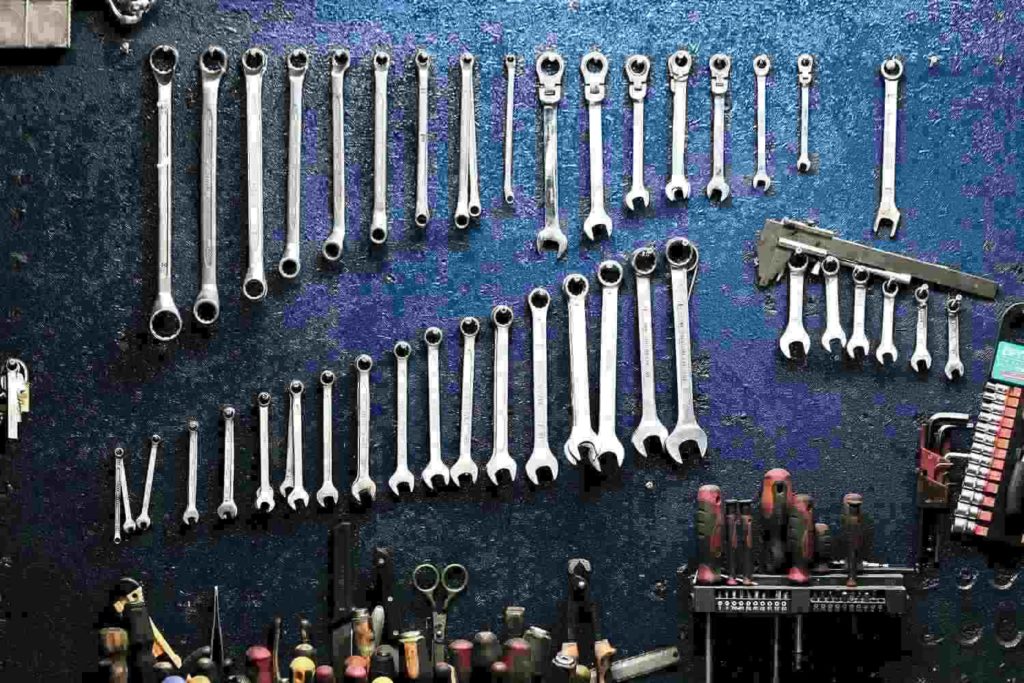We all know that unscheduled downtime costs us money, can reduce production and impact on safety and profit, but many companies out there still do not have a proactive maintenance schedule in place for their key equipment. According to a recent poll in the US by machinerylubrication.com, less than half of plants have a proactive maintenance strategy in place. Most of us wouldn’t miss a car service, so why don’t we apply the same preventative maintenance strategy to our production equipment?
The answer in most cases comes down to the cost of stopping production to accommodate maintenance when there is not actually a serious issue to tackle. Taking equipment out of service to maintain it or make improvements will have a negative impact on production if it has not been properly planned ahead of time. It is however, important to remember that reactive maintenance can have an even larger impact on production and costs, depending on the scale of the problem. If a key piece of equipment on your production line fails, what will the full cost of that failure be by the time you have investigated, identified the issue, replaced the parts and managed to get the line back up and running? For some companies, this could run into hundreds of thousands of pounds a day. There are also potential HSSE implications. If you ran an airline business, you wouldn’t let your aircraft run until there was a problem because of the safety implications, so why is your business different?
A well planned maintenance regime can take a lot of the risk and costs away from your business. There will obviously still be expensive parts to replace and labour costs involved, but if you can reduce unplanned maintenance and downtime, the overall maintenance budget of your business can be significantly reduced, and that will have a positive impact directly on your bottom line. Proactive maintenance helps to identify the root causes of issues, so you can monitor and maintain your equipment, preventing failures from occurring.
Setting up a proactive maintenance schedule isn’t as challenging as you may think. If you can discuss the benefits of proactive maintenance vs reactive with all the stakeholders in your plant and secure their support, implementing the changes required will not take long.
- Ensure you have the correct products for each application in your plant, referring to the OEM recommendation
- Schedule oil and grease changes based on OEM recommendations
- Ensure your team know who is responsible for each piece of equipment and task, and that they have access to the maintenance schedule
- Routinely schedule equipment inspections as visual inspections are important in identifying issues
- Implement an oil analysis programme for your key equipment, monitoring the results and building trends
- Keep good records of lubrication activity, maintenance, inspections, identified issues and analysis results so that you can use this information as a reference for trending or when something does go wrong



